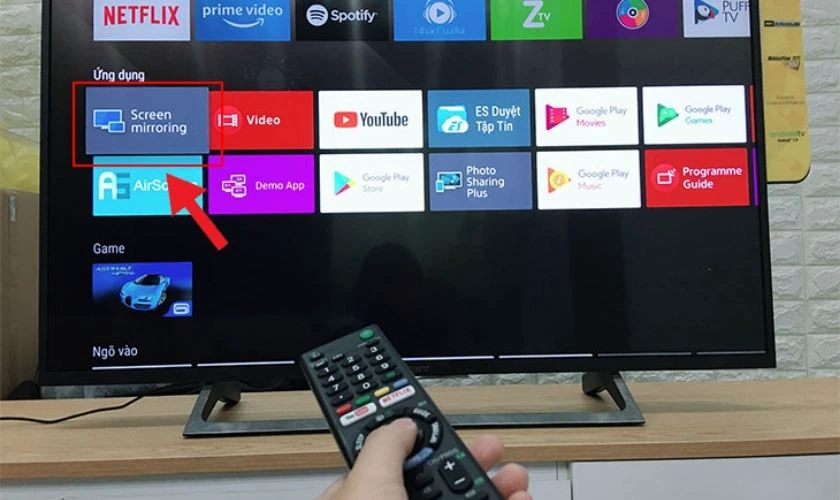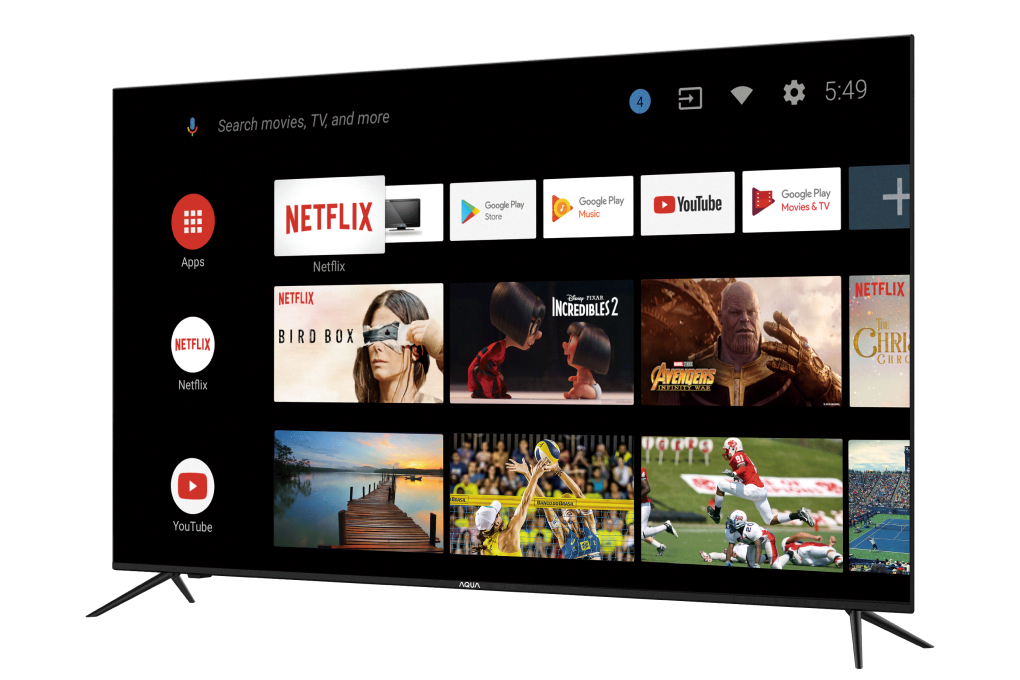
Everything You Need to Know About Televisions: Functions, Benefits, and Modern Impact
Introduction
From being a bulky box in the corner of the living room to becoming an ultra-thin smart screen mounted on the wall, the television has evolved into one of the most essential and powerful devices in modern life. Whether it’s for watching the news, streaming your favorite movies, playing games, or even browsing the internet, TVs are now much more than just an entertainment device — they are a centerpiece of daily living.
But what exactly does a television do, how does it work, and why is it still relevant in the age of smartphones and tablets? This article takes a deep dive into everything about televisions — their uses, types, technological evolution, and advantages.
I. What is a Television?
A television (TV) is an electronic device designed to receive, process, and display video and audio signals. Originally developed to broadcast programs from central stations to a wide audience, TVs have now become interactive tools that offer a variety of digital functions.
At its core, a TV converts signals — from antennas, satellite, cable, or the internet — into visual and auditory output that can be viewed and heard by users.
II. Primary Functions of a Television

Entertainment
TV provides endless sources of entertainment, from movies and sitcoms to reality shows, cartoons, sports events, and music channels.
Information
News programs, documentaries, weather updates, and educational channels keep viewers informed about what’s happening in the world.
Education
Through educational programming, online courses, and tutorials available on platforms like YouTube or dedicated apps, TV has become a learning tool.
Advertising and Marketing
TV is a major platform for commercials and brand exposure, making it a powerful tool in business and consumer communication.
Gaming
With gaming consoles like PlayStation, Xbox, and Nintendo Switch, TVs also serve as high-quality monitors for immersive gaming experiences.
Communication (Smart TVs)
Some smart TVs allow video conferencing via apps like Zoom or Google Meet when connected with cameras and microphones.
III. Types of Televisions
CRT (Cathode Ray Tube)
The original type of television; bulky and heavy, with curved screens and limited resolution.
LCD (Liquid Crystal Display)
Slimmer, lighter, and more energy-efficient. LCD TVs became popular in the 2000s.
LED (Light Emitting Diode)
A type of LCD TV that uses LED backlighting for better brightness and contrast.
OLED (Organic LED)
Premium display technology with self-lighting pixels, offering deep blacks and vibrant colors.
QLED (Quantum Dot LED)
Samsung’s proprietary tech using quantum dots for enhanced brightness and color accuracy.
Smart TV
Internet-connected televisions that allow streaming services, app downloads, voice control, and even smart home integration.
4K & 8K TVs
High-resolution televisions with stunning detail, especially popular for home theaters and cinematic experiences.
IV. Advantages of Television
Convenient Access to Information
You can stay updated with local and international news right from your couch.
High Entertainment Value
TV provides a wide variety of content 24/7 to cater to all age groups.
Educational Content
Channels like National Geographic, Discovery, and online platforms provide enriching content for learners of all ages.
Social Connection
Shared viewing experiences help families and friends bond.
Cultural Awareness
Through TV shows, movies, and international programming, viewers can learn about other cultures and perspectives.
Multifunctionality (Smart TVs)
With one device, you can stream, browse, shop, play games, attend classes, or even monitor your smart home.
V. The Impact of Televisions on Society
TV has influenced society in major ways:
Shaped public opinion through news coverage and social campaigns.
Promoted political and social change by highlighting important issues.
Created global icons and trends in music, fashion, sports, and culture.
Influenced consumer behavior via advertisements.
However, it’s also important to acknowledge concerns such as:
Overexposure to screen time
Spread of misinformation through biased content
Decreased physical activity among frequent viewers
VI. The Future of Television
TVs are becoming smarter, thinner, and more interactive. The future may include:
8K mainstream adoption
Rollable and flexible screens
Augmented and virtual reality integration
AI-powered personalized content recommendations
Fully voice-controlled interfaces
As the line blurs between TV, computer, and smartphone, television is no longer a passive screen — it’s becoming an active portal into the digital world.
Conclusion
From black-and-white broadcasts to ultra-high-definition smart displays, televisions have come a long way. They are no longer just passive boxes for watching programs — they are powerful, interactive devices that entertain, inform, connect, and even educate.
Whether you’re watching your favorite series, learning something new, or bonding with loved ones during family movie night, the TV continues to be a central figure in modern homes and culture. And as technology advances, the television will remain a fascinating blend of functionality and innovation.
News
Everything You Need to Know About Vacuum Cleaners: Uses, Benefits, and Modern Functions (NG)
Everything You Need to Know About Vacuum Cleaners: Uses, Benefits, and Modern Functions Introduction A vacuum cleaner is one of…
Everything You Need to Know About Microwaves: Uses, Benefits, and Modern Necessity in the Kitchen (NG)
Everything You Need to Know About Microwaves: Uses, Benefits, and Modern Necessity in the Kitchen Introduction In today’s fast-paced world,…
End of content
No more pages to load








